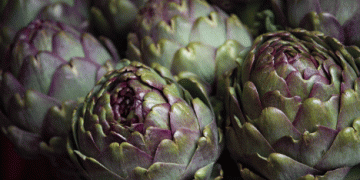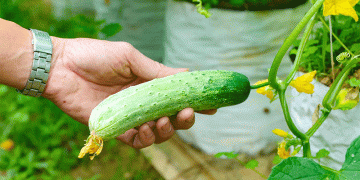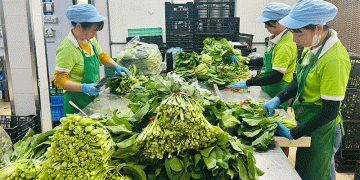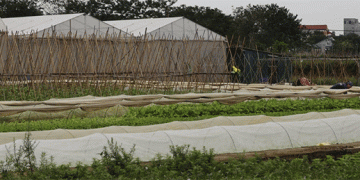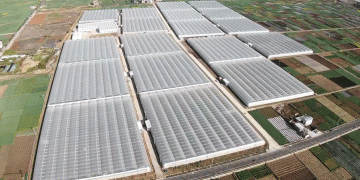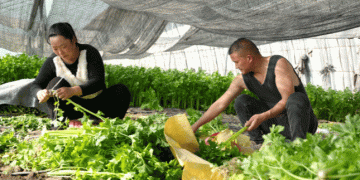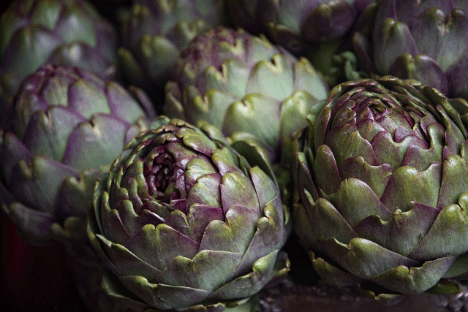In July of this year, Peru witnessed a significant downturn in its artichoke export sector. The total export volume of artichokes dropped to 2,270 tons, reflecting a 28.9% decrease compared to the same month in 2023. The value of these exports fell even more sharply, down by 32.3%, totaling $6.01 million. This drop in value is compounded by a decrease in the average price per kilogram, which fell to $2.65—a 4.8% decline from the previous year.
The reduction in export volume and value has been influenced by several factors. A primary concern is the shift in demand across international markets. In July, Peru’s artichoke shipments were distributed among seven destinations, down from nine in the previous year. The United States remained the largest market, importing 1,673 tons, which accounted for 48% of the total export volume. However, the average price for artichokes shipped to the U.S. was $2.47 per kilogram, lower than in previous years.
Following the U.S., Spain and Germany were notable destinations, importing 455 tons and 67 tons respectively. Spain paid an average of $3.25 per kilogram, while Germany paid $2.92 per kilogram. Despite these markets showing relatively higher prices, the overall decline in exports points to broader challenges affecting Peru’s artichoke industry.
Several factors contribute to this decline. Fluctuations in global demand, competition from other producing countries, and possible disruptions in supply chains could all be influencing the reduced export figures. Additionally, the artichoke industry in Peru faces internal challenges such as production inefficiencies and varying quality standards, which may also impact its competitiveness in international markets.
Peru’s artichoke export sector is currently facing a significant downturn due to a combination of reduced demand and increased competition. To reverse this trend, stakeholders in the industry must focus on improving production efficiency, enhancing product quality, and exploring new market opportunities. Strategic adjustments and targeted interventions could help stabilize and potentially increase Peru’s artichoke export performance in the future.
